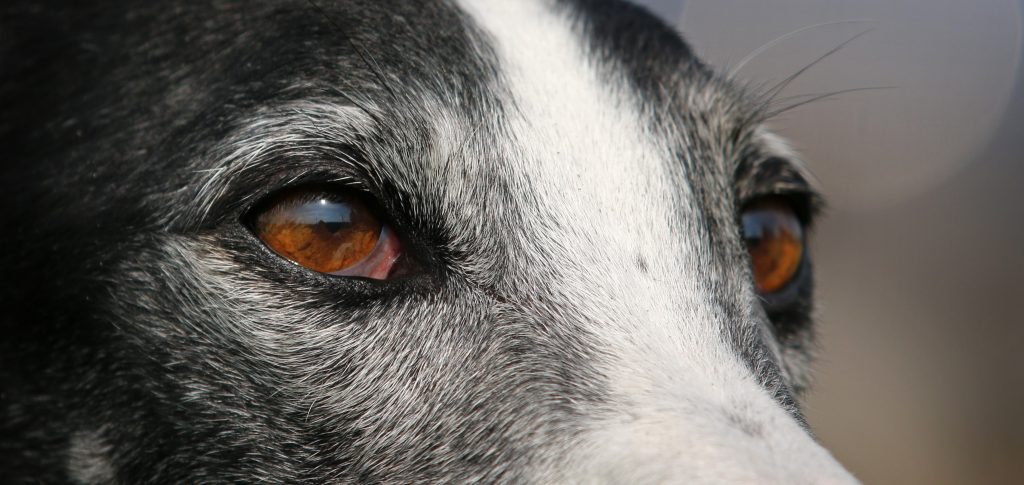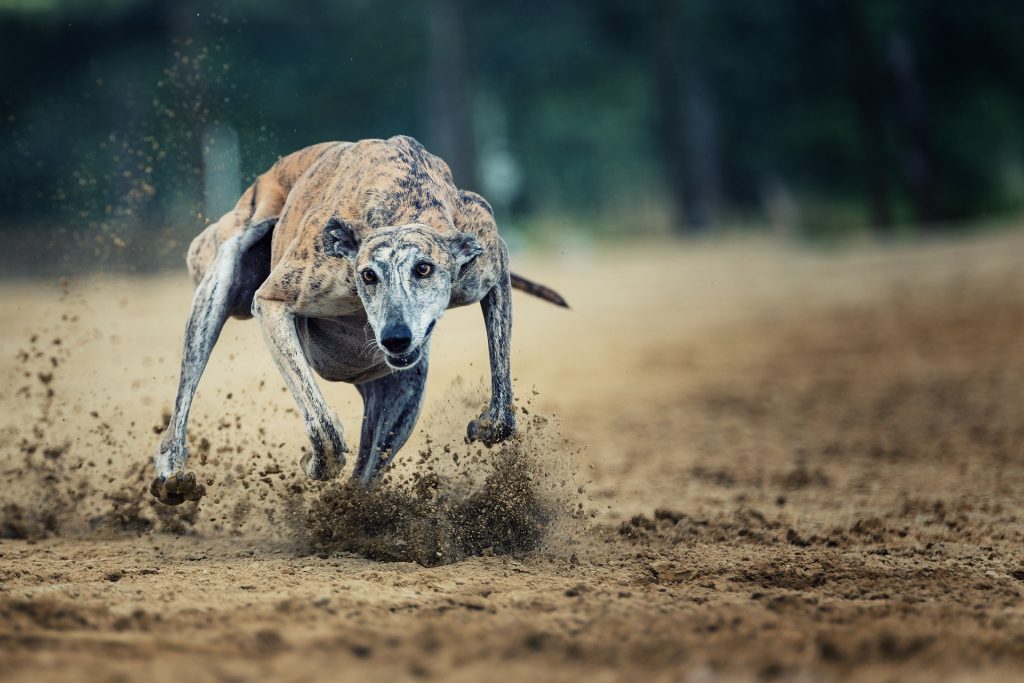by Virginia Simpson-Young, 1 August 2020

At its meeting on Monday 27July, City of Sydney Council passed a motion proposed by Councillor Philip Thalis to oppose greyhound racing at Wentworth Park. In support were Lord Mayor Clover Moore along with Councillors Kok, Miller, Phelps, Scott, Scully, Thalis and Vithoulkas. Councillors Chung and Forster voted against the motion. To read the resolution in full, see https://tinyurl.com/y5uvllu6.
The resolution began by demonstrating how Wentworth Park has been used for well over a century for public recreation. In 1885, the land was set aside for that purpose and has been used for diverse recreational activities since, including Rugby Union, Cricket, Rugby League, movie screenings and brass bands. Between 1928 and 1936, it contained a speedway track which closed because of track damage and noise complaints. Greyhound racing had already been taking place at Harold Park, but a second greyhound racing licence was issued in 1939, permitting greyhound racing in Wentworth Park.
Rise of the anti-greyhound racing movement
After the airing in February 2015 of a Four Corners program exposing animal cruelty in the greyhound racing industry, the NSW government announced, in July 2016, that greyhound racing would be banned the following year. The ban was opposed by Labor in the parliament, and the government experienced strong opposition to the ban across the state, particularly in regional areas, leading to the ban’s reversal in October 2016.
Animal cruelty is one of the main reasons that City of Sydney has resolved to oppose greyhound racing at Wentworth Park. The motion passed by Council on 27 July, stated that:
- around 10,000 greyhound puppies are bred each year for racing;
- the industry has admitted to killing up to 17,000 healthy greyhound dogs each year. Some are never deemed fast enough for the track, some sustain injuries on the track and some retire;
- greyhounds who do make the race track are put at significant risk of injury and death. Up to 200 greyhounds are injured during races each week and around five greyhounds are killed as a result of racing;
- animal cruelty extends to live baiting practices involving the use of live kittens, rabbits, piglets and possums during training; and
- some trainers have been found to dope dogs with cocaine, caffeine and anabolic steroids to enhance their performance;
The industry does not agree with Council’s assessment. On 29 July, the Greyhound Recorder quoted Greyhound Racing NSW’s Tony Mestrov who said that his organisation ‘absolutely rejects the Lord Mayor’s assertions about the welfare and integrity of our participants and dismiss her figures and claims as factually incorrect’.

The NSW government, despite reversing its ban on greyhound racing, has responded to animal cruelty in the industry. In 2017, it formed the Greyhound Welfare and Integrity Commission, an independent regulator for the NSW greyhound industry in NSW. According to its website, the Commission was established ‘to promote and protect the welfare of greyhounds, safeguard the integrity of greyhound racing and maintain public confidence in the greyhound racing industry’. In May this year, the Commission released the Greyhound Welfare Code of Practice which will come into effect on 1 January 2021. The government is also reviewing the Greyhound Racing Act 2017.
As well as animal cruelty, Council’s resolution expressed concern about gambling on greyhound races, which is, it says, in the order of $4 billion annually. Gambling is well understood to be a cause of much harm to gamblers, their families and the wider community.
In addition to potential harms associated with greyhound racing, the resolution expressed Council’s view that Wentworth Park should be available to the general public for recreation. The Lord Mayor said on her Facebook page, ‘coronavirus restrictions have reminded us just how valuable parkland is’. The City’s COVID-19 Community Recovery Plan identifies the need for more parks and open space so that people can exercise at a safe distance and, more broadly, benefit from communing with nature.
Response to Council’s ‘No Greyhound Racing at Wentworth Park’ resolution
As a number of racing media outlets were quick to point out, City of Sydney Council’s opposition to greyhound racing at Wentworth Park has no practical effect: Racenet.com.au, on 30 July, quoted the Minister for Better Regulation and Innovation, Kevin Anderson, whose portfolio includes racing: ‘Thankfully Clover Moore and the almond latte crew have no say over what happens at Wentworth Park’. Unless the state government decides otherwise, greyhound racing can continue at Wentworth Park as long as the NSW Greyhound, Breeders, Owners & Trainers Association has a lease over the site; a lease that does not expire until 2027.
The Lord Mayor has made City of Sydney’s opposition to greyhound racing known to the state government on multiple occasions. On this occasion, as a result of the resolution, the Lord Mayor will write to a number of NSW government ministers to request the removal of greyhound racing from Wentworth Park and reinstatement of the land as crown reserve for public recreation uses.
Sources: Max Solling, Wentworth Park: Its History and Uses, Glebe Society website, 2008; https://www.abc.net.au/news/2016-07-07/the-downfall-of-nsw-greyhound-racing-after-live-baiting-scandal/7577250; Wikipedia; The Greyhound Recorder; https://www.gwic.nsw.gov.au/; City of Sydney, Community Recovery Plan, June 2020 (https://www.cityofsydney.nsw.gov.au/__data/assets/pdf_file/0020/322076/community-recovery-plan.pdf); www.racenet.com.au.










There are no comments yet. Please leave yours.